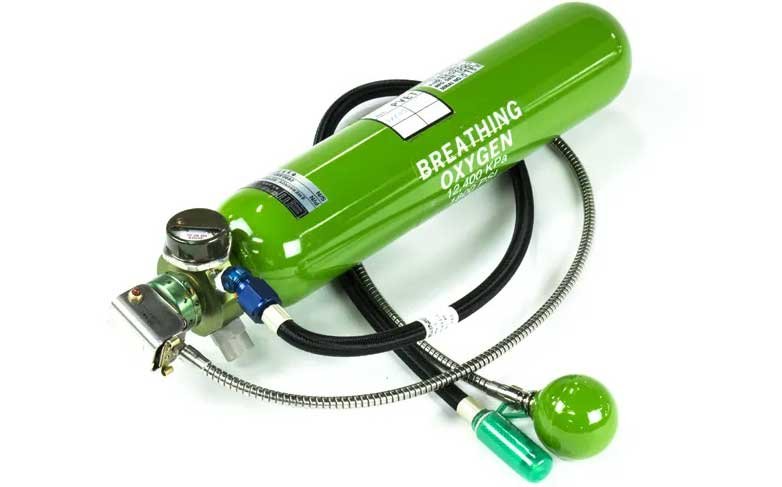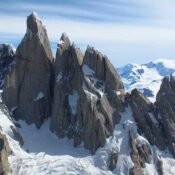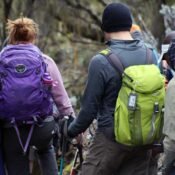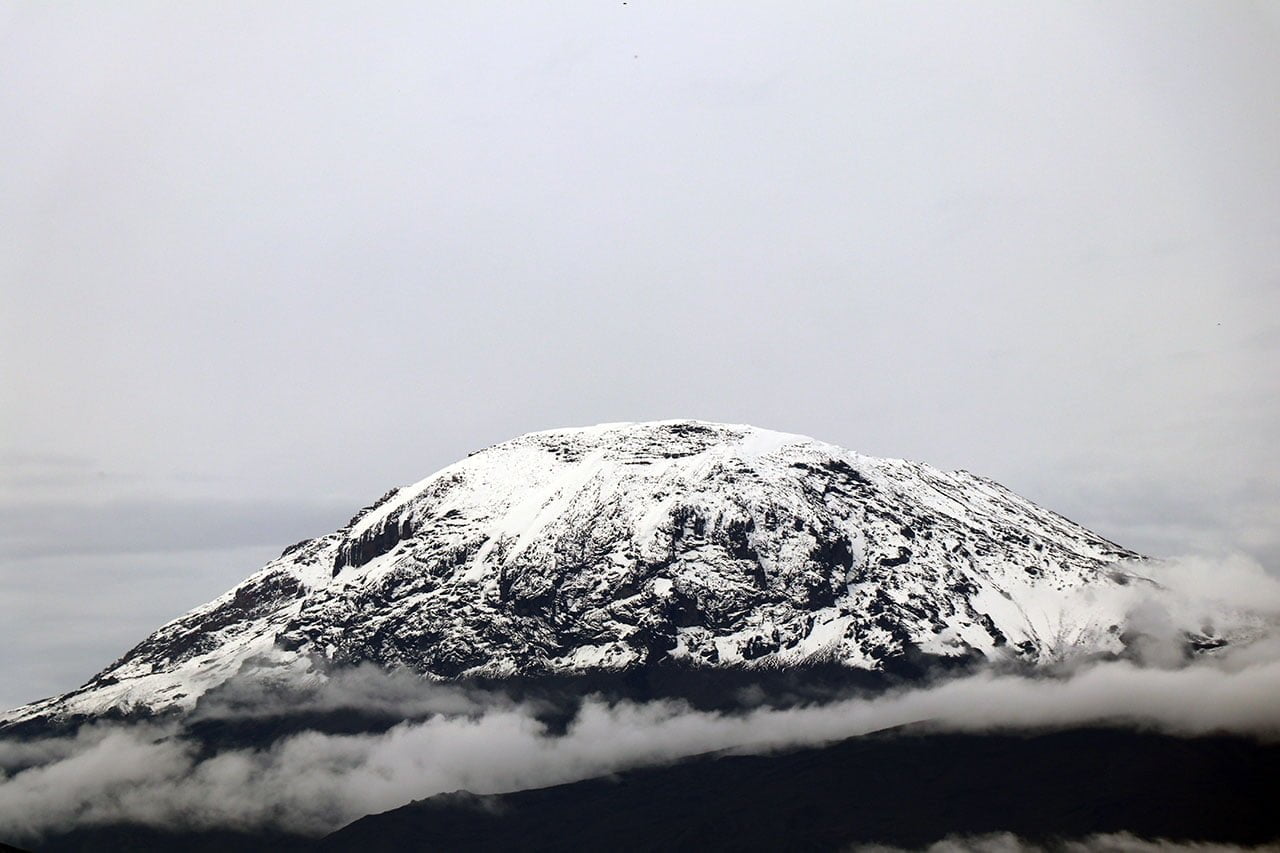Oxygen on Kilimanjaro
Do you Need Oxygen to Climb Kilimanjaro?
We have emergency oxygen on Kilimanjaro and medical kits on all treks.
The height of Kilimanjaro is a tremendous challenge, yet climbers do not require supplementary oxygen to reach the summit. To reach the top, you utilize the acclimatization approach of walking slowly, “pole pole” climbing high and sleeping low.
The more days you spend on the mountain, the higher your chances of reaching the top of Kilimanjaro. As part of our dedication to safety, we carry supplementary oxygen tanks and masks on all of our climbs.
Should you use Supplemental Oxygen on Kilimanjaro?
We do not use bottled oxygen to aid climbers reach the peak by relieving low oxygen saturation or breathing issues.
This can conceal the signs of a more serious ailment and
Altitude-related issues may arise later on.
However, some tour operators/companies promote the use of a “personal oxygen system” to aid climbers on Kilimanjaro. Aside from the fact that you would appear more like a hospital patient than a trekker, there are other important reasons why utilizing oxygen in this manner is not recommended.

What’s the point of climbing Kilimanjaro with supplementary oxygen?
Kilimanjaro’s difficulty stems from its high altitude. If the high altitude obstacle is removed, the walk is not challenging by hiking standards. I suppose some individuals climb Mount Kilimanjaro merely to claim they did it, regardless of how it was done. However, putting Mount Kilimanjaro at sea level makes it less impressive.
Our guides only provide oxygen on Kilimanjaro during emergency situations.
In circumstances when a climber is having severe symptoms of Acute Mountain Sickness (AMS), we may utilize an oxygen mask to administer supplementary oxygen and fast reduce
Symptoms can assist them safely descend to a lower altitude.
The only way to treat High Altitude Cerebral Edema (HACE) or High Altitude Pulmonary Edema (HAPE) is to descend as rapidly as possible. Our staff will follow you on your descend to a lower level, and we have an emergency stretcher in case an accident or medical condition prevents you from walking.
Oxygen can assist momentarily, but the only safe alternatives for trekkers experiencing signs of AMS, HACE, or HAPE are to stop rising (forego the summit attempt) or to descend.
What about the Western Breach?
The sole exception is when climbers use the Western Breach, when descending is extremely difficult and evacuation by stretcher is impossible. In circumstances when a trekker exhibits symptoms, we may administer oxygen (and/or dexamethasone) to allow them to safely ascend to the crater rim, then descend quickly via Stella Point.
If climbers on Everest use oxygen masks, why not on Kilimanjaro?
Kilimanjaro’s peak is around the same elevation as Everest Base Camp. Climbers on Mount Everest need oxygen in the so-called “death zone” above 26,000 feet. It is hard to acclimate in the Death Zone. If you use it to assist you climb Kilimanjaro, you risk disguising the symptoms of altitude sickness and disrupting the normal adaption process.
Acclimatization is a slow process
The key to acclimatization is a slow ascent:
Hike gently; it’s not a race. You’ll hear your guides saying “pole pole” (slowly, slowly).
Consider one of our longer routes with the most effective acclimatization strategy.
Stay hydrated. Dehydration increases stress on your body and might prevent adaption.
Consult your doctor to determine if Diamox is appropriate for you.
Avoid alcohol, sleeping medications, and narcotic pain medicine.
Don’t go beyond 10,000 feet if you have:
A painful throat, cold, or cough.
A respiratory infection.
High temperatures.For further information, see Altitude Sickness on Kilimanjaro.





